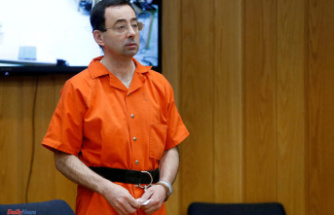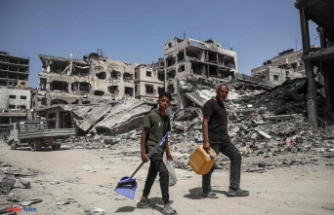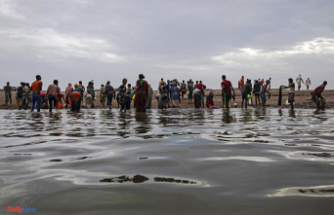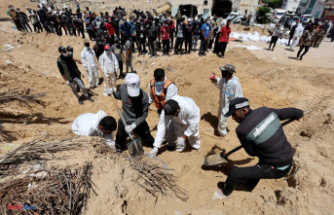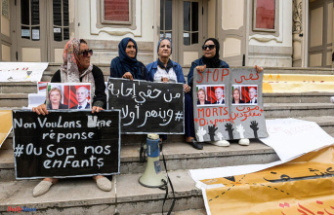According to NGO Carbon Market Watch, the promise of carbon neutrality made by organizers of the 2022 FIFA World Cup Qatar is "misleading". The report was published Tuesday, May 31, and was released by Carbon Market Watch. He stated that the data shows that the World Cup's emissions will be much higher than anticipated by organizers and that carbon credits to offset these emissions are unlikely have a sufficient positive impact on climate. Gilles Dufrasne is the author of this report.
At 16:00, Carbon Neutral*: Can legislation end greenwashing? 13:00-17:30 CEST Online Experts @EU_Commission
The organizers of Mondial-2022 described these conclusions as "speculative" and "inaccurate". The Supreme Committee stated that they are "on the right track" to organize a carbon neutral World Cup. The committee assured that "actual" data would be made public after the tournament, which will take place between November 21 and December 18, "and any discrepancies will be explained and compensated."
He adds that the "unavoidable" emissions will be offset by "internationally recognized and certified carbon credits". These credits "should not be criticized, but should be acknowledged."
According to Fifa's June 2021 report, the World-2022 will produce 3.63 million tonnes carbon dioxide. Carbon Market Watch believes that this number is underestimated, mainly because of the fact that the stadiums' construction could cause emissions up to eight times higher than what was announced.
The NGO denounces also the "quality and credibility" of the carbon credit system, which was created specifically for this event. She is concerned that people will be complacent about the tournament's carbon footprint and accept the promise of carbon neutrality.
The eight stadiums hosting the first Arab football World Cup are only 75km apart.


